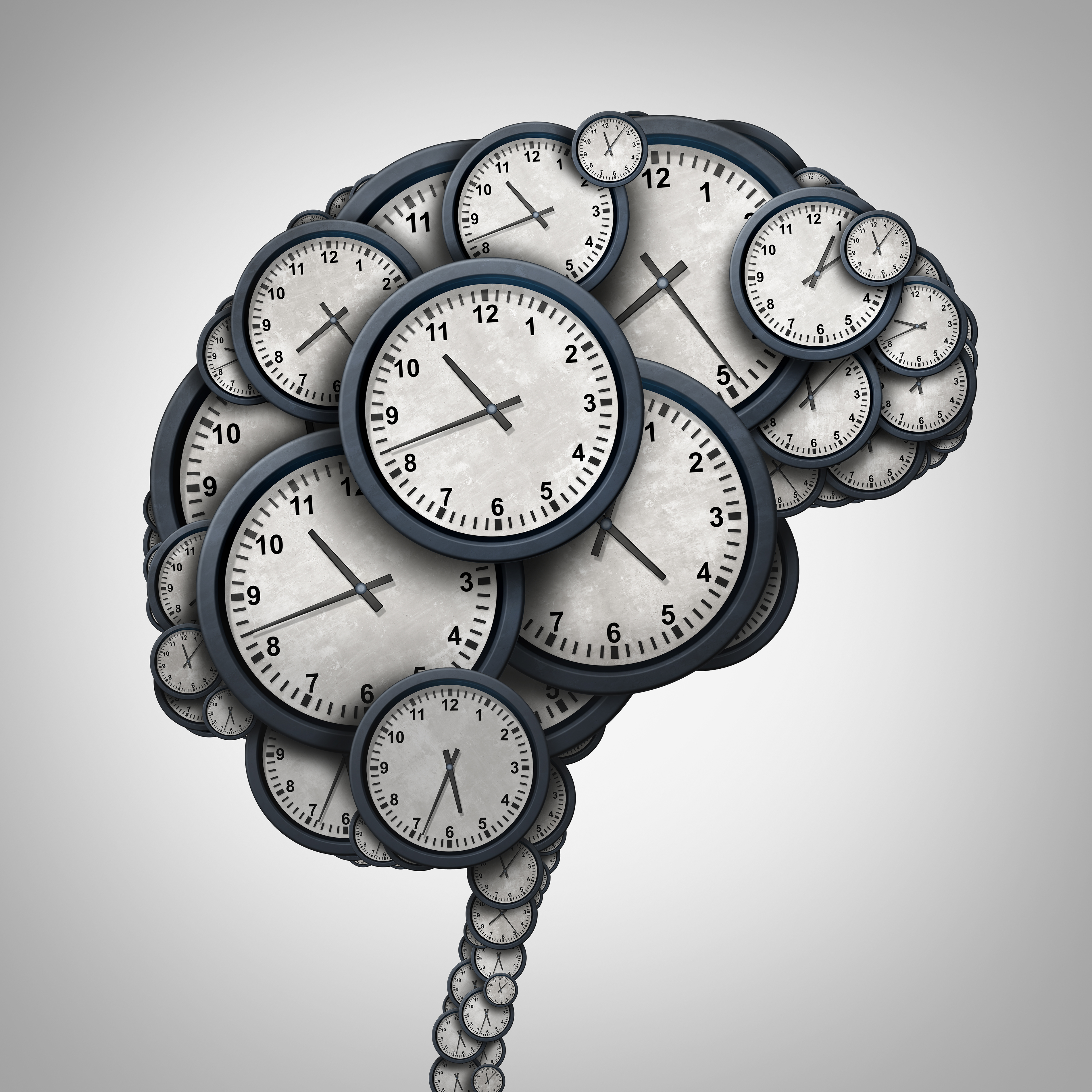Virtual Reality Games May Improve Time Perception in Parkinson’s Patients, Study Reports

Virtual reality gaming may improve the ability of Parkinson’s disease patients to perceive time, a skill that is often impaired in these individuals, a study suggests.
Playing these virtual reality games may also benefit people with autism, schizophrenia, or attention-deficit hyperactivity disorder (ADHD), conditions that can also affect time perception, according to the study’s researchers from the University of Waterloo in Canada.
The study, “Movement-Contingent Time Flow in Virtual Reality Causes Temporal Recalibration,” was published in Scientific Reports.
“The ability to estimate the passage of time with precision is fundamental to our ability to interact with the world,” Séamas Weech, PhD, a post-doctoral fellow in kinesiology and co-author of the study, said in a press release. “For some individuals, however, the internal clock is maladjusted, causing timing deficiencies that affect perception and action.
“Studies like ours help us to understand how these deficiencies might be acquired, and how to recalibrate time perception in the brain,” Weech said.
The way in which a person perceives time is based on the sum of stimuli associated with cognitive processes and environmental changes, and it requires complex neural mechanisms. Notably, time perception can be affected by emotional state, level of attention, memory, and neurological diseases. Parkinson’s patients have been found to underestimate time intervals.
Studies have shown that exposing people to environments differing from their normal routine, and having them perform certain tasks, can reset — or recalibrate — their brain’s inner clock.
Virtual reality (VR) scenarios are a valuable research tool for studying what happens when a person’s sensorimotor pathways are manipulated, the researchers said.
They evaluated whether exposure to a new temporal relationship between action and sensory reaction in virtual reality causes recalibration of time perception.
To do this, they asked the 31 participants — 13 men and 18 women, with a mean age of 21.1 years — with normal vision and no sensory, musculoskeletal or neurological disorders, to perform time perception tasks.
Using a laptop, participants were first asked to fixate on a cross that appeared on the screen for 500 milliseconds. They were then presented with a blue circular probe that rotated around the cross for a given duration and velocity before disappearing.
“Next, participants were prompted to reproduce the timing of the probe using one of two methods. The first method required continuous motor reproduction of the probe’s spatiotemporal trajectory by moving a white circle using a mouse (the continuous motor task), and the second method required a button press to signal the start and end of the perceived probe duration (the discrete motor task),” the researchers explained. Time perception tasks differed in duration and were presented in a random order.
Scientists measured the participants’ time perception abilities, and then had them play an off-the-shelf game called Robo Recall. They measured the participants’ time perception abilities again after they completed the dynamic virtual reality task.
A virtual reality scenario was presented via a head-mounted display with hand-held controllers, which were all motion-tracked. In the game, the user took the role of a robot whose task was to destroy other robots that had been let loose in a realistic city environment. Participants had to shoot the target robots until the time limit was reached. Each person’s performance was scored.
While 13 participants played the normal version of the game, 12 of them had a modified version of it, where the speed and duration of visual events were coupled with the the person’s body movements. If the players moved their hands or head, the speed of events in their surrounding virtual environment was normal, but if they stopped moving, the speed of events slowed down.
Participants were exposed to the VR task, then had to perform a continuous motor task. Following that, they were exposed to the VR task a second time, and then completed a discrete motor task.
As a control for the virtual reality task, scientists had six participants throw colored foam balls into one of three distinctly colored buckets. Participants earned points by throwing the balls into the corresponding color bucket. The task was intended to dissociate the effect of virtual reality exposure from the possible effects of physical activity on time perception. People tend to overestimate time intervals following physical activity, the researchers said.
Results revealed the participants tended to overestimate the durations for the shorter trials, especially the shortest ones.
After exposure to the modified version of the VR game, there were no changes in discrete motor time perception. Nonetheless, the scientists observed a significant decrease of approximately 15% in the participants’ estimates of time.
There was no recalibration of the brain’s inner clock in participants who completed either the normal VR task or the control non-virtual reality task, suggesting that these tasks alone were not responsible for the observed temporal recalibration.
There were strong correlations between the reported and the actual duration of the probes for most of the study sample, indicating participants’ responses on time perception tasks were very reliable.
“These findings provide evidence that VR can be used to induce temporal recalibration, which may contribute to a clinical intervention in preventing or reversing the maladaptive changes to time perception, such as those observed in aging, Parkinson’s disease, schizophrenia, autism, and ADHD,” the researchers concluded.
More research is now needed to find out how long the effects last, and whether these signals are observable in the brain, according to Weech.
“For developing clinical applications, we need to know whether these effects are stable for minutes, days, or weeks afterward,” he said. “A longitudinal study would provide the answer to this question.”






